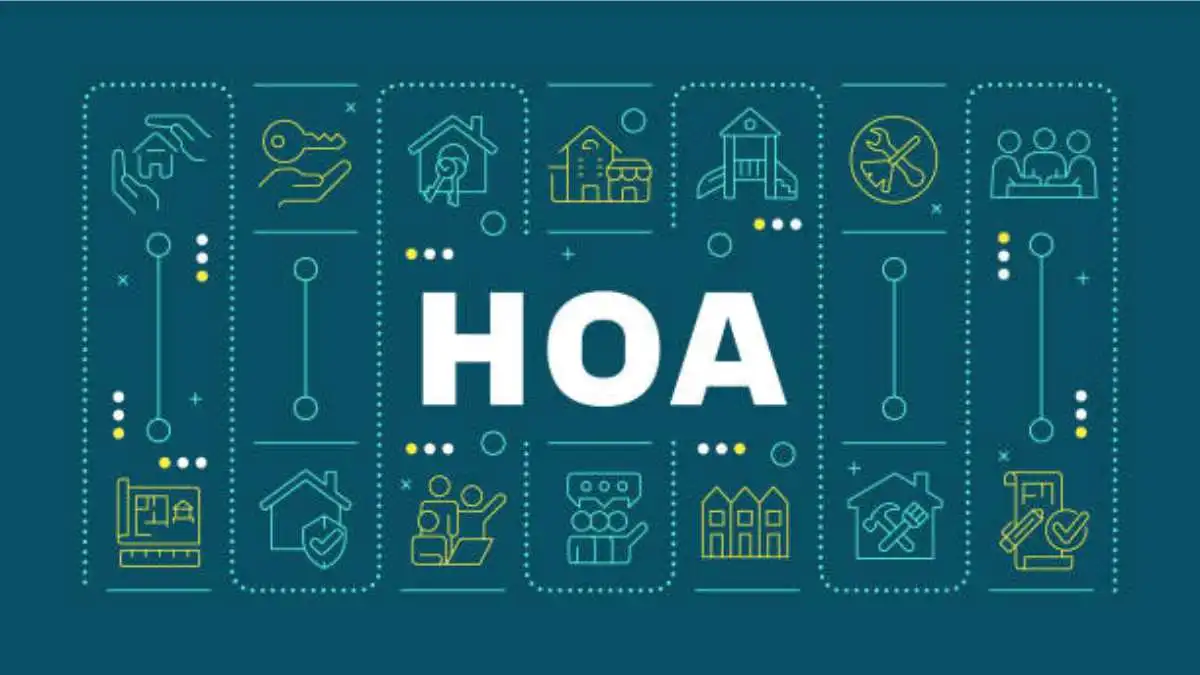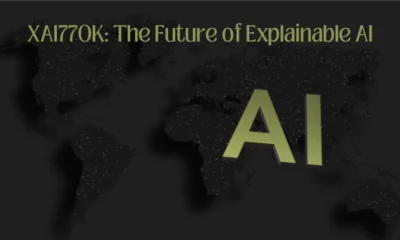HOME IMPROVEMENT
The Evolution of HOA Communities: How Modern Trends Are Shaping Neighborhood Living

Introduction
Homeowners associations (HOAs) have long been a cornerstone of residential living in the United States, providing structure, oversight, and a sense of order to communities. As housing developments expanded and suburban neighborhoods flourished, HOAs emerged as a popular model for maintaining property values and ensuring a cohesive environment for homeowners. But the HOA model of the past is rapidly evolving to meet the demands of modern residents.
Today’s HOA communities are not just about maintaining green lawns and enforcing quiet hours. They are increasingly being shaped by broader social, technological, and environmental trends. From eco-friendly upgrades to digital communication tools, the way HOAs function—and the expectations placed upon them—are changing dramatically. These shifts are prompting both HOA boards and residents to rethink traditional roles and embrace innovation.
As a result, the role of an HOA management company has also become more dynamic and multifaceted. Professional HOA management services are now expected to provide more than just administrative support; they must help communities adapt to new norms while still delivering efficient operations and long-term value.
Table of Contents
Adapting to Technological Advances
One of the most significant factors shaping the evolution of HOA communities is the integration of technology into day-to-day management. Online portals, mobile apps, and cloud-based systems now allow homeowners to pay dues, submit maintenance requests, and access community updates with just a few clicks. These platforms increase transparency and make it easier for both residents and board members to stay informed and engaged.
In addition to convenience, digital tools enhance accountability and efficiency. Community documents such as meeting minutes, budgets, and rules can be stored and accessed online, reducing paperwork and making records easily retrievable. Some associations are even incorporating automated communication systems to issue alerts or updates, particularly in emergencies.
An experienced HOA management company like NTX Management Group can help implement these digital solutions, allowing communities to operate more smoothly and efficiently. By embracing technology, they can meet the expectations of a more tech-savvy homeowner base.
Environmental and Sustainability Expectations
Modern homeowners are increasingly prioritizing sustainability and eco-conscious living, which has prompted many HOAs to re-evaluate their landscaping practices, energy consumption, and waste management strategies. Communities are exploring alternatives like drought-resistant plants, solar lighting, and improved recycling programs to reduce their environmental footprint.
Installing EV charging stations, using green construction materials for shared facilities, and supporting community gardens are just a few ways that HOAs are responding to these changing values. While these upgrades often require initial investments, they can ultimately lead to cost savings and improved community appeal in the long run.
HOA management services now play a critical role in sourcing eco-friendly vendors, identifying grant opportunities, and guiding boards through environmentally responsible initiatives. The demand for greener living is only expected to grow, making sustainability a long-term strategic focus for many associations.
Shifting Demographics and Lifestyle Preferences
Another driving force behind the evolution of HOA communities is the changing makeup of residents. Millennials and Gen Z homeowners are entering the market, bringing new expectations about community interaction, communication styles, and shared amenities. At the same time, aging baby boomers are seeking comfort, accessibility, and wellness-oriented features.
This multigenerational mix requires HOAs to strike a careful balance when it comes to community planning. Younger residents might favor co-working spaces, bike racks, or outdoor fitness areas, while older residents may value better lighting, accessible pathways, and health-focused services. Managing these diverse needs requires adaptability and strategic planning.
A professional HOA management company must stay ahead of these trends by offering guidance on how to modernize amenities, revise policies, and maintain inclusivity. This ensures the community continues to appeal to both long-time residents and new homeowners alike.
Enhancing Communication and Engagement
The traditional bulletin board in the clubhouse is no longer sufficient for keeping homeowners informed. Residents now expect instant, multi-channel communication. This includes email newsletters, text alerts, mobile app notifications, and virtual HOA meetings. The ability to receive timely updates on community events, policy changes, and financial matters has become a fundamental expectation.
Beyond updates, modern HOAs are focusing on engagement—hosting events, gathering feedback, and encouraging resident participation in decision-making. Transparent and consistent communication builds trust, reduces conflict, and creates a stronger sense of community identity.
HOA management services that specialize in digital engagement strategies can help communities implement these tools effectively. The goal is not just to inform, but to involve—creating a more connected and cooperative residential environment.
Reimagining Amenities and Shared Spaces
Gone are the days when a pool and a clubhouse were the only desired community features. Today’s homeowners are looking for versatile, functional, and socially engaging spaces. HOAs are now investing in features such as dog parks, community Wi-Fi zones, yoga lawns, and even outdoor workspaces to reflect contemporary lifestyles.
Shared spaces are also being rethought in the context of post-pandemic living. Open-air gathering spots, touchless entry systems, and wellness-focused facilities are becoming more common. These changes require thoughtful planning, ongoing maintenance, and a budget that supports new developments.
HOA management companies assist in evaluating the feasibility of these projects, securing contractor bids, and ensuring long-term sustainability. Their expertise ensures that enhancements are executed efficiently and in alignment with community goals.
Balancing Tradition with Progress
While embracing change is necessary, it’s equally important for HOAs to preserve the values and structures that have historically contributed to their success. Rules, architectural standards, and financial planning are still critical components of community health. The challenge lies in integrating modern approaches without losing sight of what makes an HOA effective.
Progressive HOA boards are collaborating with experienced management teams to revise outdated practices and introduce flexible solutions. From rethinking meeting formats to revisiting outdated community guidelines, the goal is to stay relevant while maintaining operational integrity.
Communities that can achieve this balance are better equipped to thrive—not only today, but well into the future.
Conclusion
HOA communities are no longer defined solely by uniform landscaping and a list of community rules. They are evolving ecosystems that reflect the technological, environmental, and social shifts of modern life. By adapting to these trends, HOAs can remain vibrant, desirable places to live.
NTX Management Group supports this evolution by helping communities integrate new tools, improve communication, and modernize their operations. As the landscape of neighborhood living continues to shift, partnering with a forward-thinking HOA management company can make all the difference in maintaining harmony and long-term value.
-

 GENERAL2 months ago
GENERAL2 months agoUncovering the World of кинокрадко: The Dark Side of Film Piracy
-

 GENERAL1 month ago
GENERAL1 month agoUnveiling the Art of преводсч: How Translators Bridge Language Barriers
-

 YOGA1 year ago
YOGA1 year ago4 Person Yoga Poses for Beginners
-

 GENERAL2 months ago
GENERAL2 months agoThe Journey of iamnobody89757: From Anonymous User to Internet Sensation


























